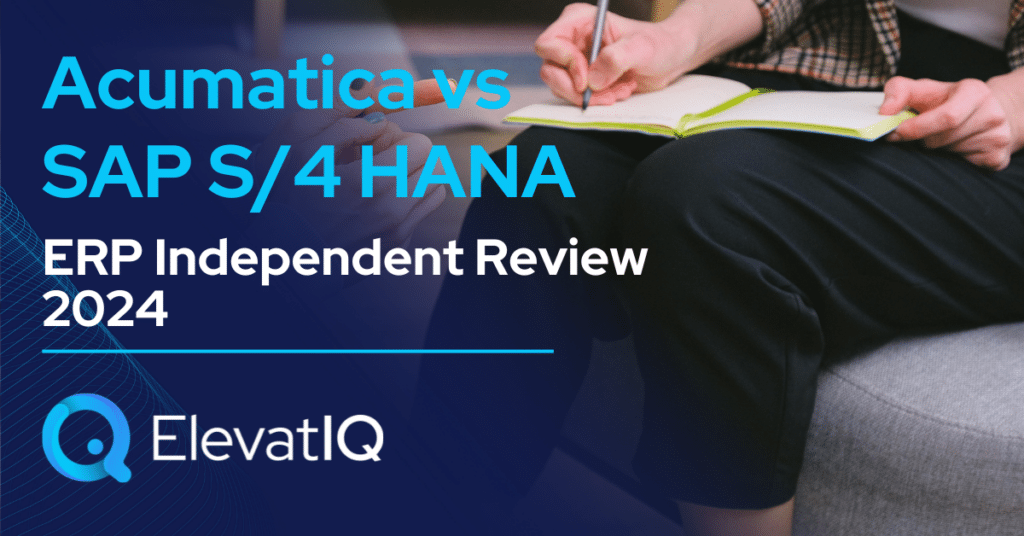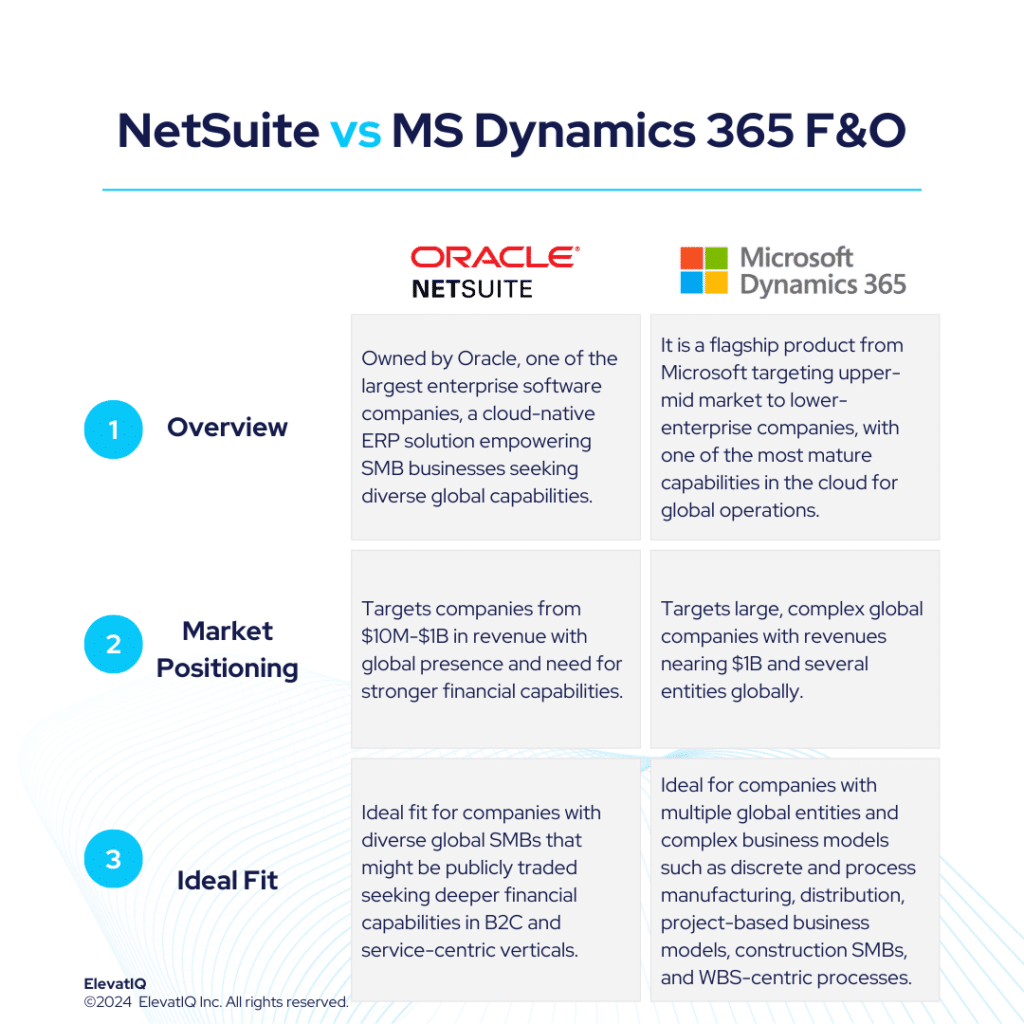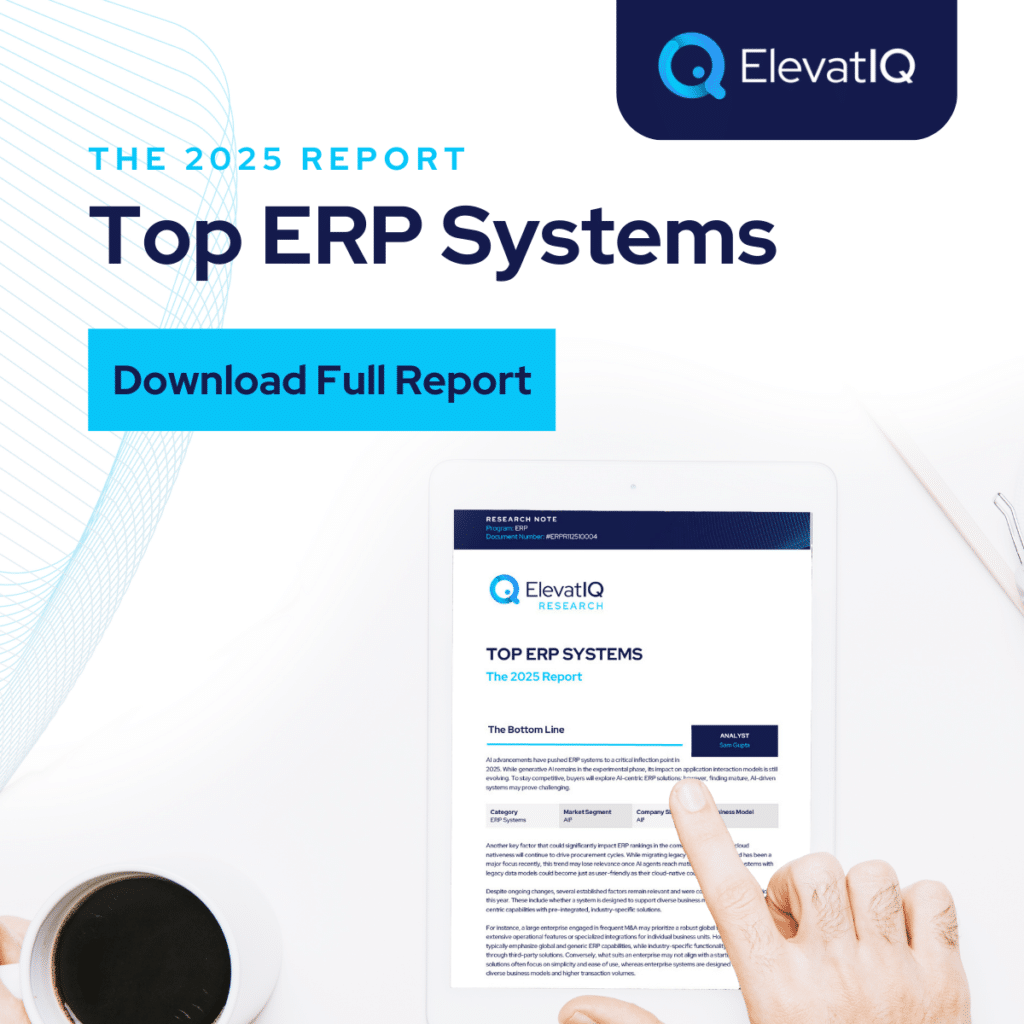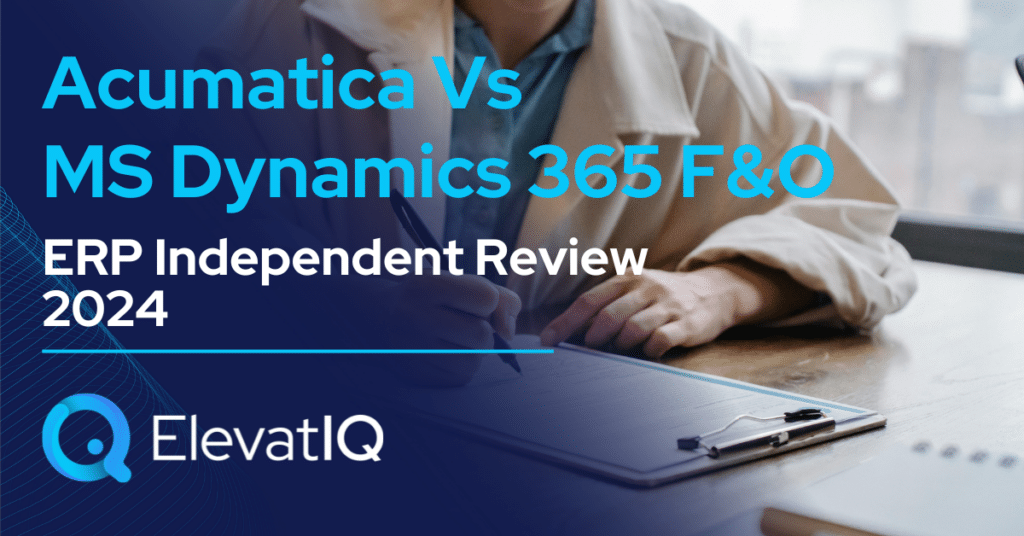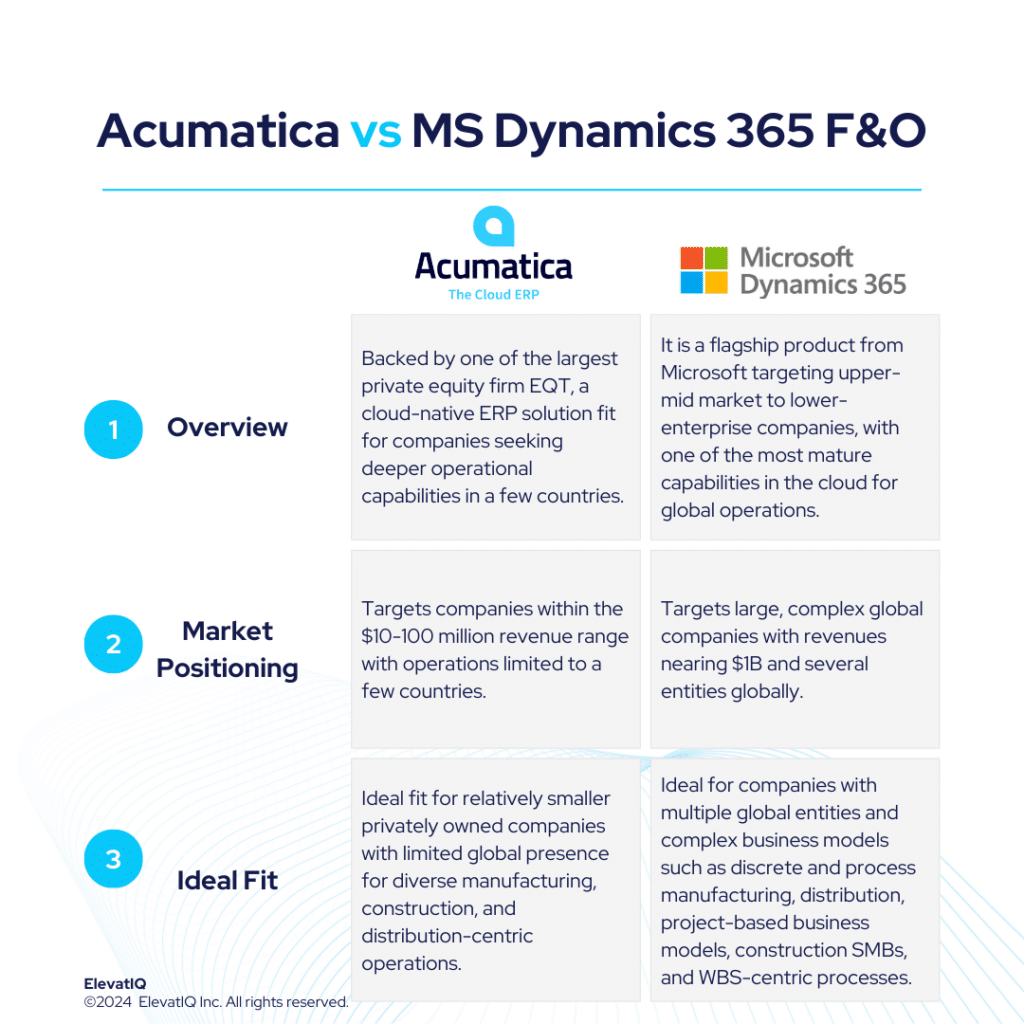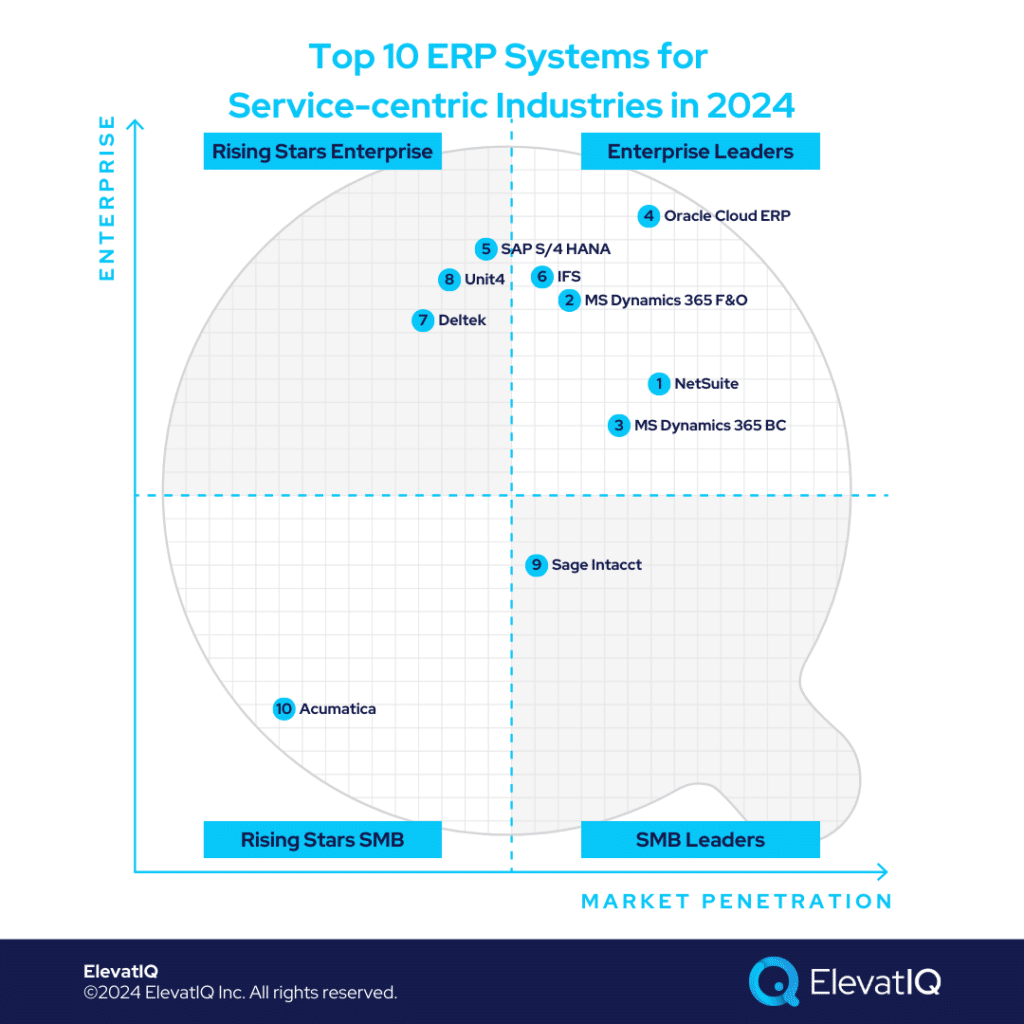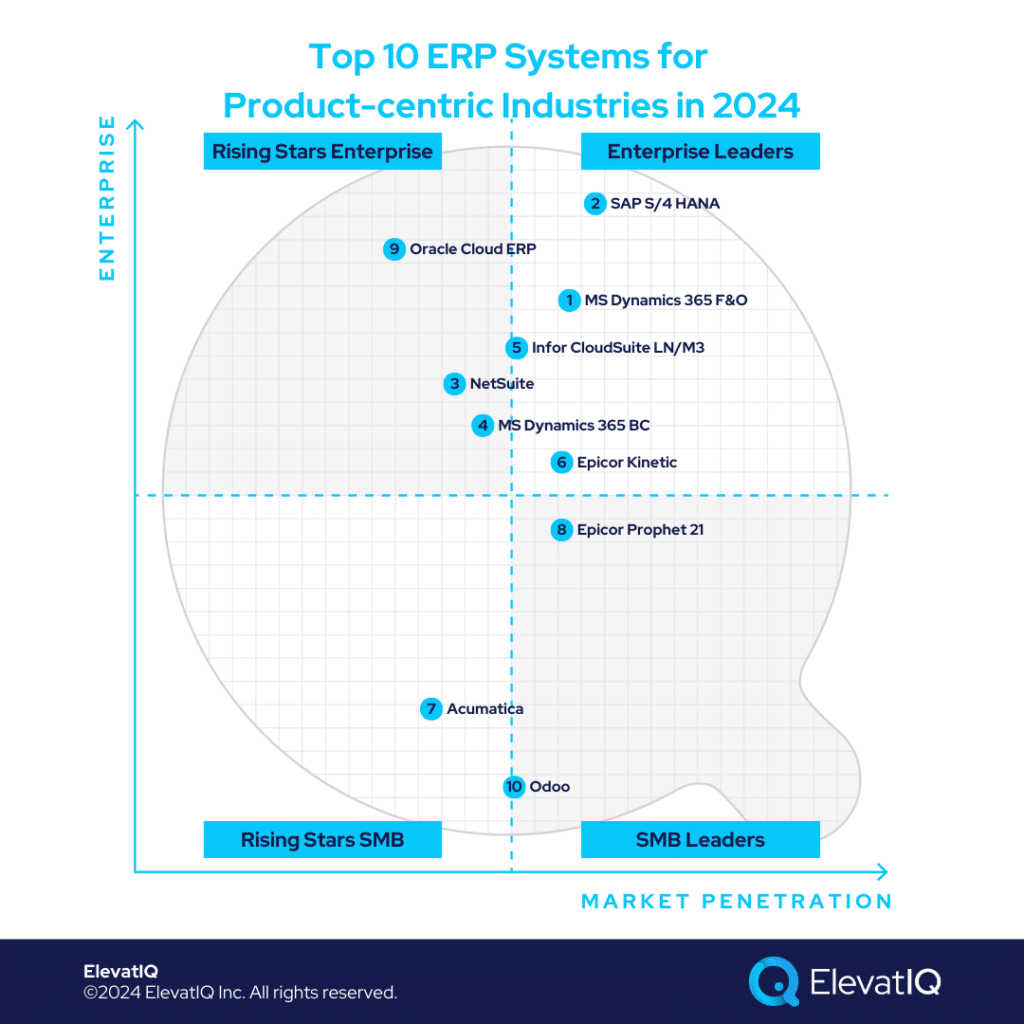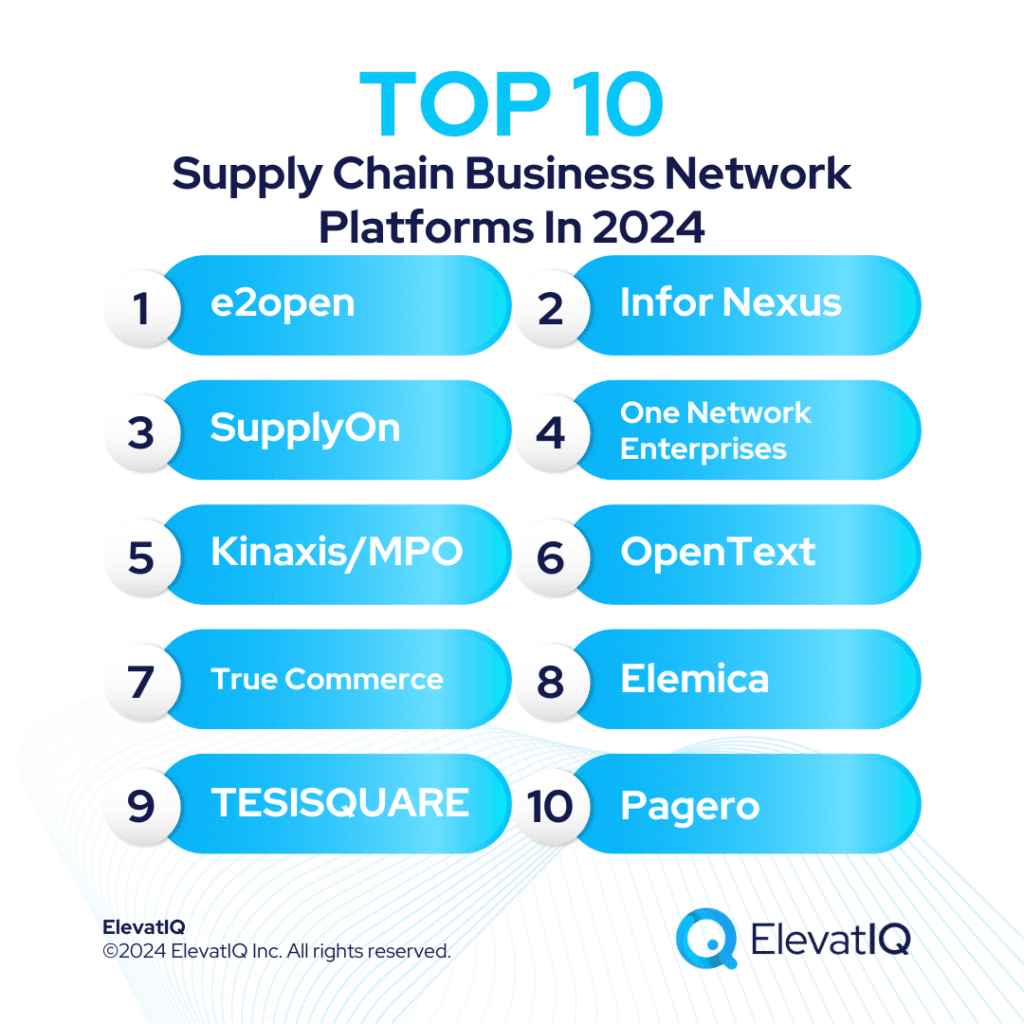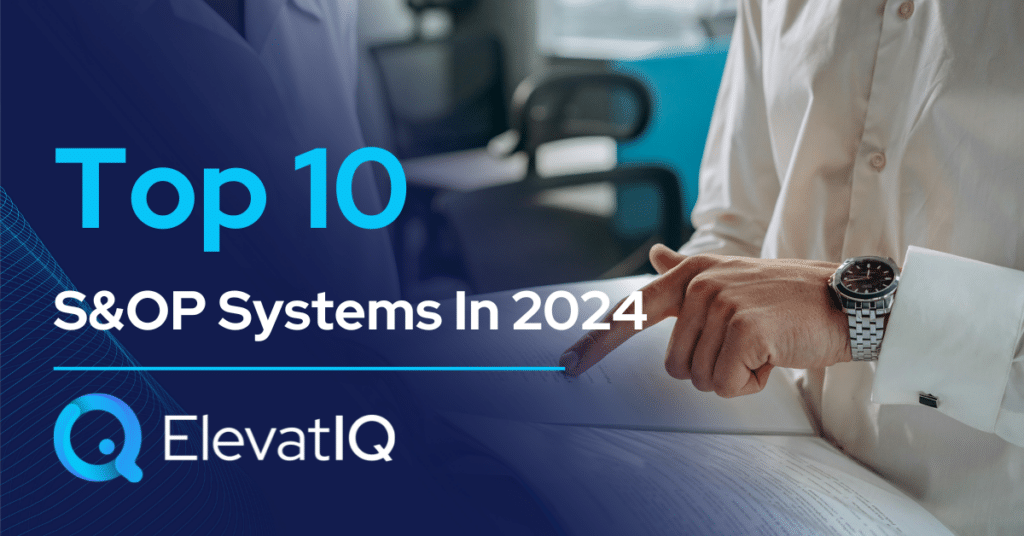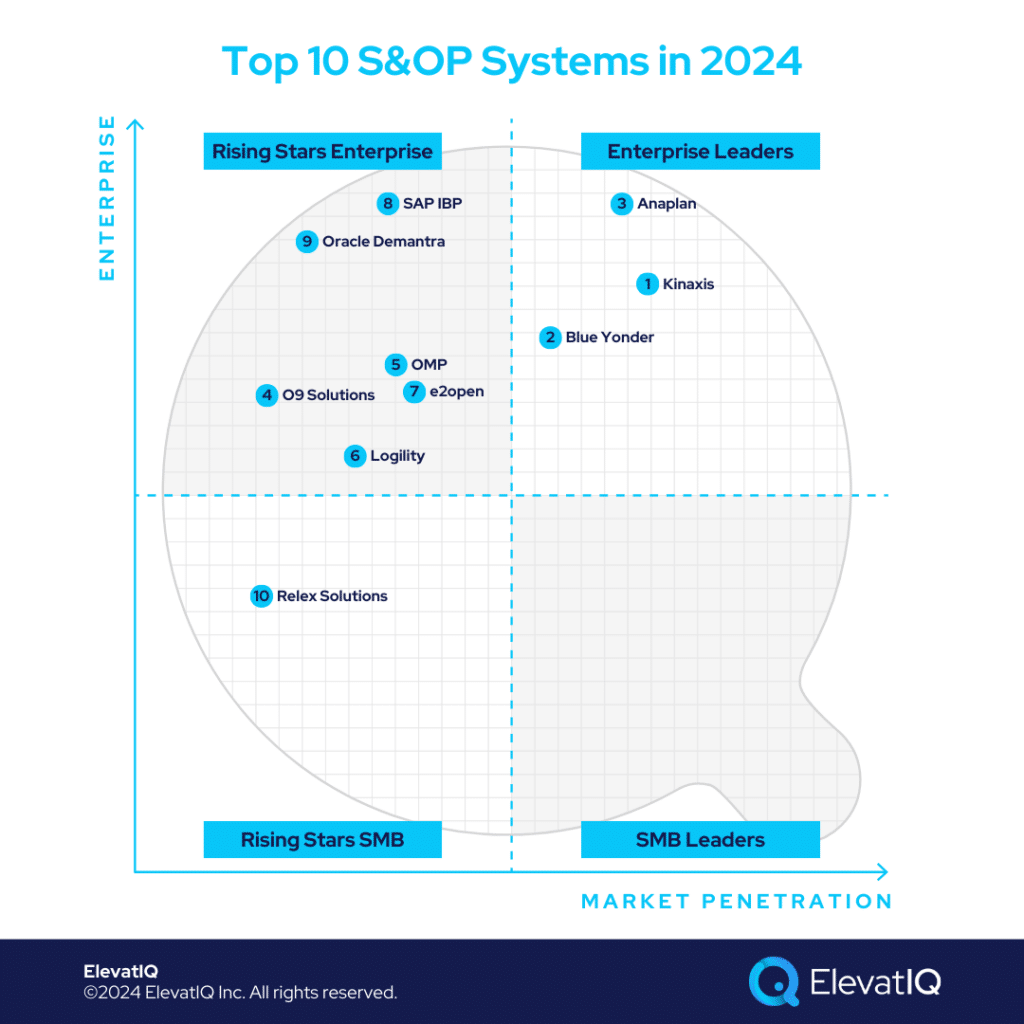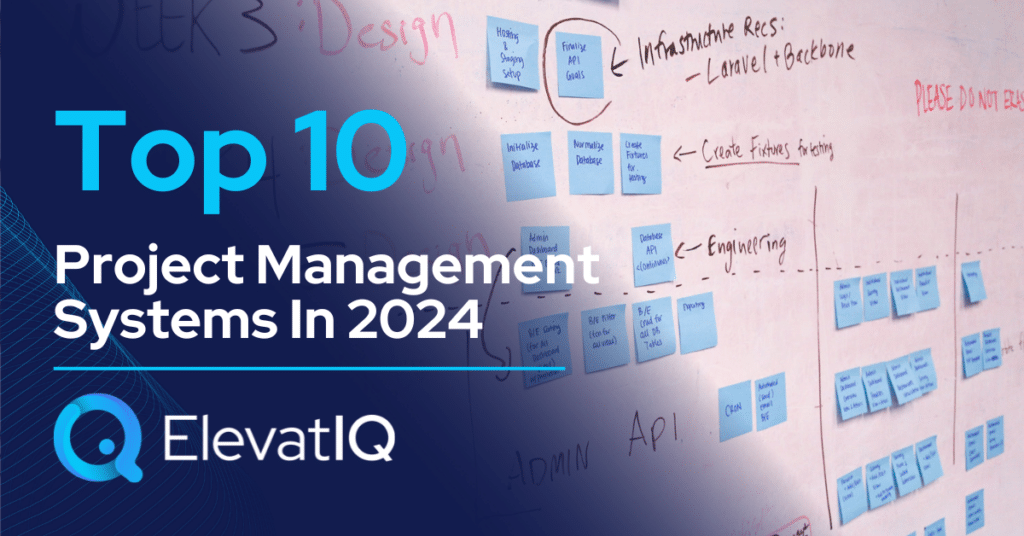Acumatica vs SAP S/4 HANA ERP Independent Review 2024
SAP maintains its dominance in the ERP market, largely due to its stronghold in the enterprise segment where deals are significantly larger compared to the mid-market. The architecture complementing the S/4 HANA Suite is particularly favored by enterprise-grade companies, offering leading products like SuccessFactors, Hybris, EWM, Ariba, and Concur. Contrastingly, Acumatica stands out among three cloud-native ERP vendors particularly focusing on small and medium-sized businesses (SMBs), alongside NetSuite and Sage Intacct. For enterprise companies, SAP S/4 HANA often becomes a default choice due to high transaction volumes, stringent governance, and traceability needs. It particularly shines in product-centric enterprises requiring robust capabilities like MRP and allocation for global workloads.
Acumatica, however, caters well to companies with revenues ranging from $10-100 million, offering limited native localization features yet suitable synergies for global operations. While SAP S/4 HANA excels in managing entities across multiple countries within a unified database, Acumatica’s strength lies in its multi-branch capabilities and tailored support for various business models such as manufacturing, distribution, construction, and field service.
With built-in compliance processes like SOX integration, SAP S/4 HANA also remains a top choice for publicly traded and regulated firms. Conversely, Acumatica serves as an excellent entry-level system for companies transitioning from QuickBooks or smaller point systems, seeking seamless cross-functional integration. Choosing between Acumatica vs SAP S/4HANA requires a detailed examination, and thus this comparison offers valuable insights for ERP selection projects. Therefore, let’s explore further?
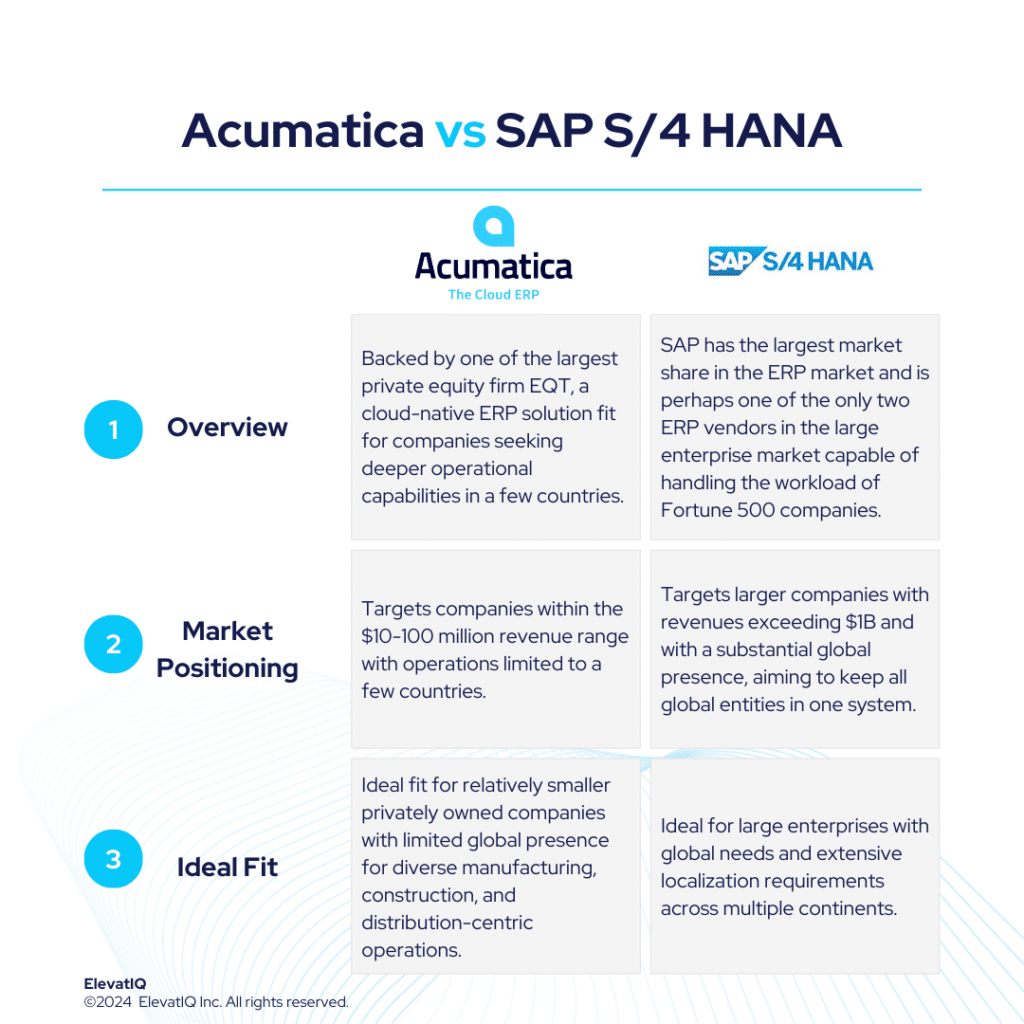

| Acumatica | SAP S/4 HANA | |
| Started in | 2008 | Pioneers of ERP |
| Ownership by | EQT Partners in 2019 | SAP |
| No. of customers | 10000+ | 28000+ |
What is Acumatica?
Acumatica is one of three cloud-native ERP solutions similar to NetSuite and Sage Intacct. It has extensive multi-branch capabilities, particularly making it friendlier for retail-centric operations. It can also host multiple business models as part of the same database spanning manufacturing, distribution, construction, and field service. Thus, making it friendlier for diverse manufacturing or distribution-centric operations. Because of its limited global operational capabilities, it primarily targets US and UK-based companies. Thus, positioned as an ideal choice for companies within the $10-100 million revenue range, the majority of Acumatica’s customer base falls under this category.
Desiring a user experience akin to Odoo or Quickbooks, Acumatica ERP also offers versatility to accommodate various business models: distribution, manufacturing, or construction-focused. Although Acumatica has limitations in mature features like dimensional inventory or allocation, it is an excellent initial system for companies looking to streamline inventory or costs. With transactional processing and some mature capabilities, such as batch transactional processing, Acumatica is positioned as a valuable choice for businesses venturing into their first or second ERP solution.
Acumatica ERP is a fit for companies seeking cloud-native experience, particularly emphasizing features like enterprise search and mobility over deeper operational capabilities. Despite its focus on small businesses, Acumatica lacks robust globalization and localization features, catering to a limited number of countries by default. This simplicity, however, benefits smaller companies by avoiding unnecessary layers of multi-entity operations. Although targeting small businesses, Acumatica ERP surpasses Odoo or Zoho with the flexibility of its data layers, necessitating consulting help for implementation. The perceived benefit of Acumatica’s pricing is also a challenge, as it’s notoriously difficult to understand and predict.
What Is SAP S/4 HANA?
SAP S/4 HANA remains the top choice particularly for large enterprises with global needs and extensive localization requirements across multiple continents. Also, in this league, its primary rival is Oracle. While alternatives like Unit4, IFS, or Deltek might handle the workload for larger enterprises, they often lack the robust global compliance and transactional capabilities that SAP S/4 HANA offers. Additionally, SAP S/4 HANA excels in providing superior transactional workflow capabilities that are purpose-built to streamline traceability for large and complex organizations.
Moreover, SAP S/4 HANA is an ideal choice for companies seeking a best-of-breed architecture tailored to the needs of specific functions. This architecture allows for operational cores on different ledgers, which is also crucial for larger distribution and 3PL companies managing complex WMS networks. Companies with intricate HCM operations and stringent compliance requirements may particularly find it necessary to integrate a best-of-breed system.
Additionally, for enterprises requiring sophisticated eCommerce platforms with components like CDP or CPQ, SAP S/4 HANA provides the essential capabilities. The flexibility and enterprise-grade best-of-breed architecture make SAP S/4 HANA a standout solution particularly for such diverse operational needs. The cloud version may also require additional third-party add-ons, similar to NetSuite. Nevertheless, organizations opting for the on-prem version can access superior capabilities, potentially outperforming other ERP systems.
Acumatica vs SAP S/4 HANA Comparison
Navigating the choice between Acumatica vs SAP S/4 HANA is a significant decision for businesses particularly looking for operational efficiency and strategic alignment. Thus, this section delves into the comprehensive comparison of Acumatica vs SAP S/4 HANA across various critical dimensions.
| Acumatica | SAP S/4 HANA | |
| Global Operational Capabilities | Limited multi-entity capabilities. | Deeper multi-entity capabilities than Acumatica. |
| Diverse Capabilities | Operationally rich for smaller companies, supporting various business models in one database (e.g., manufacturing, distribution, construction, retail). | Supports diverse business models globally, may require add-ons for deeper operational capabilities. |
| Best-of-breed Capabilities | Limited, relying on third-party add-ons. | Enterprise-grade capabilities with pre-integrated applications supported by SAP, augmented by third-party add-ons. |
| Last-mile Capabilities | May require add-ons for specific micro-verticals. | Limited pre-baked last-mile capabilities for specific micro-industries. |
| Operational Functionalities | Emphasizes cloud-native experience but offers deeper operational capabilities and integration for smaller operations in fewer countries compared to SAP S/4 HANA. | Enterprise-grade operational capabilities, possibly limited to industry-specific functionalities. |
| Integration Capabilities | Natively-integrated WMS functionality, lacks pre-integrated best-of-breed CRM, supports only embedded CRM. | Lacks out-of-the-box integration with A&D-specific PLMs, configurators, and CPQ systems. |
| Manufacturing Capabilities | Suitable for light manufacturing, limited mature capabilities such as allocation and Kanban. | Supports complex manufacturing operations and product models, possibly limited to industry-specific manufacturing functionalities. |
| Pricing Model | Consumption-based, named, and concurrent | FUE (Full Use Equivalent) |
| Key Modules | 1. Financial Management 2. Construction Management 3. CRM 4. Distribution Management 5. Service Management 6. Manufacturing Management 7. Project Accounting Management 8. Payroll 9. Retail e-Commerce Management 10. Reporting, Dashboard and BI | 1. Financial Management 2. Sales 3. Procurement 4. Manufacturing Management 5. Supply Chain Management 6. Professional Services Automation 7. CRM |
Acumatica vs SAP S/4 HANA Feature Comparison
Both platforms offer a plethora of features and functionalities designed to streamline business operations and enhance efficiency. In this feature comparison, we delve into particularly the distinct capabilities of Acumatica vs SAP S/4 HANA across various critical dimensions, providing insights to aid businesses in making informed decisions regarding their ERP selection. Thus, this section discusses features under each of the following modules, particularly financial management, supply chain management, manufacturing management, and business intelligence and reporting.
Financial Management Comparison
In this section, we are discussing a detailed comparison of the financial management capabilities particularly offered by Acumatica vs SAP S/4 HANA. By examining their respective strengths and functionalities, particularly in managing financial processes. Businesses can therefore gain valuable insights to determine the best-suited ERP solution for their financial management needs.
| Acumatica | SAP S/4 HANA | ||
| Financial Management | General Ledger | Designed to support ledgers limited to support one country. Limited multi-ledger capabilities. | Can support the needs of even the most complex financial organizations with more than ten ledger rollups at the country level and conversions. |
| Accounts Receivable and Accounts Payable | The AR and AP might be limited to just one country with limited synergies among vendors from different countries. | Supports global collaboration of customers and vendors, including shared service model. | |
| Cash Flow Management | Manages day-to-day transactions, cash balances, funds transfers, and bank account reconciliations for smaller operations. | Complex treasury capabilities with the support for global operations, including maintaining treasury KPIs, workflows, and processes for dedicated treasury departments. | |
| Currency Management | Creates estimates for new or existing items, convert to bills of material, production orders. | Can support complex currency workflows such as hedging and planning for current impact on different financial statements and accounts globally. | |
| Tax Management | Provides centralized tax configuration, management, and reporting. | Has built-in support for taxes of over 100 countries. |
Supply Chain Management Comparison
In this comparison, we explore and analyze the supply chain management capabilities of Acumatica vs SAP S/4 HANA, shedding light particularly on their respective strengths and weaknesses.
| Acumatica | SAP S/4 HANA | ||
| Supply Chain Management | Warehouse Management | Provides real-time inventory visibility and streamlines warehouse operations. | Supports embedded or standalone architectural patterns and complex business models like 3PL or warehouse value-added services. |
| Service Management | Enables quick service needs capture, assignment, and real-time tracking, with features like contract management and appointment schedules. | Supports complex quotes and service scheduling workflows for globally operated companies. | |
| Inventory Management | Simplifies inventory processes with flexible item management and quality traceability. | Accommodates many different business models and inventory types of complex, global organizations. | |
| Purchase Order Management | Streamlines procurement processes with policy enforcement and process controls. | Manages complex workflows with automated approval rules and multiple hierarchies. | |
| Sales Order Management | Centrally manages sales activities and tracks prices and inventory. | Manages complex order types tailored to different business models. | |
| Requisition Management | Organizes complex distribution processes involving multiple products and suppliers. | Manages complex requisition processes of globally complex enterprises. |
Manufacturing Management Comparison
In this comparison, we explore and analyze the manufacturing management capabilities of Acumatica vs SAP S/4 HANA, shedding light, particularly on their respective strengths and weaknesses.
| Acumatica | SAP S/4 HANA | ||
| Manufacturing Management | Production Planning | Assists manufacturers in addressing production demand with the agility to adjust to fluctuating schedules, unforeseen equipment malfunctions, delayed deliveries from suppliers, and other unexpected occurrences affecting operations on the factory floor. | One of the most complex planning capabilities with enterprise-grade strategies to optimize production cycles for global companies. |
| BOM and Routing | Lets you efficiently plan and manage inventories, costs and manufacturing processes. | Enterprise-grade BOM scalability for a variety of business models and products. | |
| Advanced Planning and Scheduling | Lets you create a more streamlined and accurate production scheduled, better enforce delivery dates and optimize for capacity. | Enterprise-grade advanced APS capabilities for complex globally distributed planning workloads that need to be collaborated across geographies. | |
| Estimating | Create estimates for new or existing items, convert to bills of material, production orders. | One of the richest support for UoMs and price books supporting diverse business models but configure-to-order capabilities might not be as native. |
Business Intelligence and Reporting
In this comparison, we explore and analyze the business intelligence and reporting capabilities of Acumatica vs SAP S/4 HANA, shedding light, particularly on their respective strengths and weaknesses.
| Acumatica | SAP S/4 HANA | ||
| Business Intelligence and Reporting | Real-time Analytics and Dashboard | Helps view key information at a glance with real-time dashboards customized by individual, role, or department. | Enterprise-grade real-time analytics and dashboard capabilities. |
| Reporting | Delivers customized views of your business overall and focused views of departments and functions. | Enterprise-grade capabilities, with data exposed through many different technologies. |
Pros of Acumatica vs SAP S/4 HANA
When evaluating ERP solutions, understanding the distinct advantages of Acumatica vs SAP S/4 HANA is crucial. In this section, we are particularly exploring the strengths of Acumatica vs SAP S/4 HANA across various dimensions. Thus, shedding light on their respective capabilities and functionalities.
| Acumatica | SAP S/4 HANA |
| Great 1st or 2nd ERP choice due to limited layers and also mature capabilities for larger companies. | It is an ideal solution as the corporate financial ledger for global companies with multiple layers of financial hierarchies operating in multiple countries. |
| Accommodates different business models spread in fewer countries under one database. | The item master, product model, and warehouse architecture can accommodate the needs of most manufacturing business models. |
| Great fit for SMB B2B businesses particularly with complex product mixes. | Because of the power of HANA, SAP S/4 HANA can process very complex MRP runs with product models containing millions of serial numbers and SKUs, making it much faster than most ERP systems. |
| Born in the cloud with consistent design principles across the application. | Ideal fit for complex operations with its transactional maps capabilities built with the products, making debugging complex financial enterprises easier. |
Cons of Acumatica vs SAP S/4 HANA
Just like recognizing strengths is important, it’s also crucial to weigh the specific drawbacks of Acumatica vs SAP S/4 HANA. Therefore, in this section, we will delve into the limitations and challenges associated with Acumatica vs SAP S/4 HANA across various operational and financial dimensions.
| Acumatica | SAP S/4 HANA |
| Limited capabilities when multiple countries with different currencies and sub-ledgers need to be hosted as part of the same solution. | The controls provided as part of the product may feel unnecessary and overwhelming for smaller companies. |
| Not fit for companies with over $100 million in revenue. | Overbloated financial control processes, such as compliance, allocation, and approval flows, are only necessary for large organizations. |
| The mobile capabilities are leaner for complex reporting scenarios such as parallel processing or reporting labor. | The data model is overwhelming for smaller organizations outgrowing QuickBooks or smaller ERP systems. |
| Consumption-based pricing requires consulting expertise to estimate transactions as the pricing is not as predictable. | Despite advanced financial traceability and technical capabilities, the functional capabilities are not as rich as with its on-prem version. |
| Multiple add-ons such as MES, PLM, and quality, posing integration and communication challenges with the core systems required for complex manufacturing. | While SAP S/4 HANA has one of the best best-of-breed solutions, they might not be as pre-integrated as other solutions. |
| The last-mile capabilities required for manufacturing or industrial distribution may not as strong as purpose-built solutions such as Infor or Epicor but comparable to vanilla solutions such as SAP S/4 HANA. | In industries where it might not be the most frequently installed as an operational solution, the other solutions are likely to have deeper last-mile capabilities. |
Conclusion
In conclusion, while SAP S/4 HANA remains dominant for large enterprises with complex needs and global operations, Acumatica stands out for SMBs with its simplicity and cloud-native approach. SAP S/4 HANA also offers robust features and integrated solutions, ideal for companies requiring extensive compliance and operational capabilities. In contrast, Acumatica excels in flexibility and multi-branch support, catering to smaller businesses looking to streamline operations without complexity. Therefore, ultimately the choice depends on specific requirements and strategic objectives, with both solutions offering distinct advantages for ERP implementation.
By thoroughly assessing these aspects and utilizing the knowledge gained from this comparison, companies can make educated decisions that match their future objectives, thus enhancing efficiency and competitiveness in today’s ever-changing market. Hence, seeking assistance from an independent ERP consultant can significantly aid the decision-making process, offering specialized advice and direction tailored to the specific needs of the business and how they correspond with the key features of both products.


